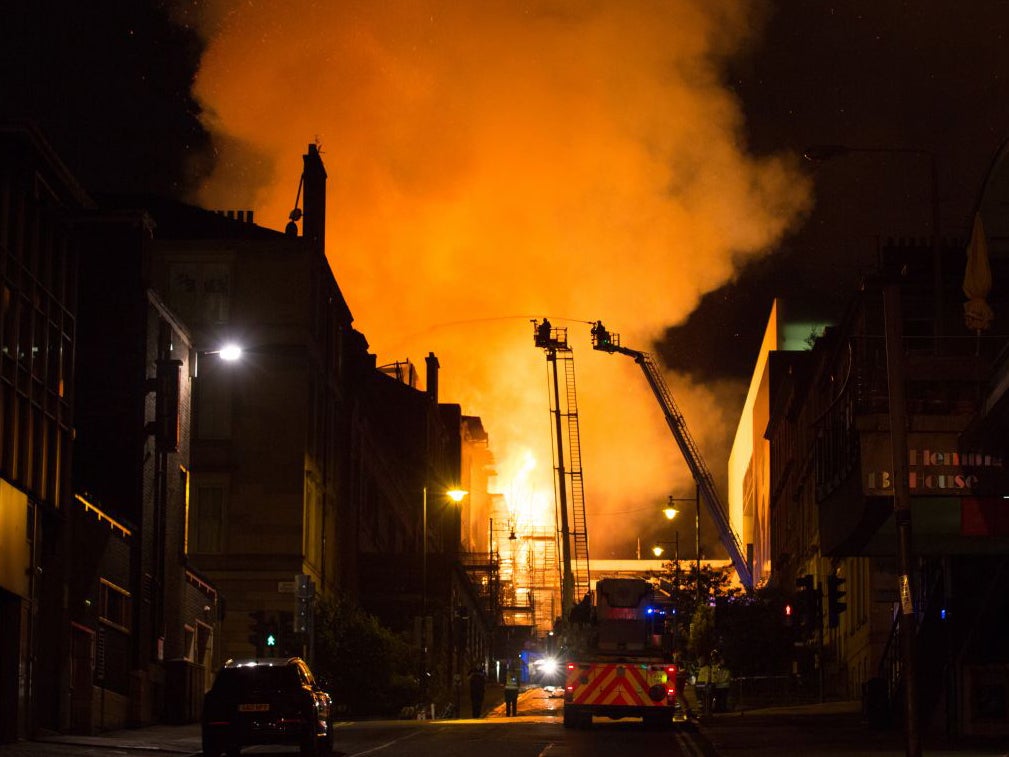How the world grew to love Mackintosh's architectural masterpiece
Iconic building was once compared to a 'workhouse' by 1909 critic

News of the second fire in four years to ravage the Glasgow School of Art has been met with disbelief and sadness - so it might surprise you to learn that Charles Rennie Mackintosh's work wasn't always held in such high esteem.
Opened in 1909 after twelve years construction, the building's use of sandstone and the mock-baronial features commonplace in Scottish castles led one contemporary critic to wonder why a "house of correction, or poor house" had been put up on such prominent site in the centre of Glasgow.
The art school's imposing facade and interior blend the modernist architecture of the early 20th century with a range of softer styles from around the world - many of which were suggested by Mackintosh's wife, the artist Margaret MacDonald.
Macdonald is credited with being a prime force behind Mackintosh's approach to architecture, which he honed as an employee of the architectural firm, Honeyman and Keppie.
Mackintosh made his name at Honeyman and Keppie's Bath Street headquarters through his holistic architectural style. His designs would cover everything down to the smallest detail - from clocks to desks - and can still be seen today in the former offices of The Herald newspaper.
After the completion of the new Glasgow School of Art, Mackintosh - who was born a mile away from its Renfrew Street site and studied art there - moved to the Suffolk village of Walberswick.
Many of Mackintosh's designs were never built, including his vision for Liverpool Cathedral in a competition won by Sir Giles Gilbert Scott. In his final years, he left architecture behind, choosing instead to paint watercolours. He died in 1928, aged 60.
Glasgow School of Art fire
Show all 7
Mackintosh's work underwent something of a rehabilitation towards the end of the 20th century - his influence being a central theme of Glasgow's tenure as the European City of Culture, in 1990.
While Mackintosh's iconic art school building is a smouldering shell today, this will not stop the institution's relentless nurturing of artistic talent. The School of Art has produced five Turner Prize winners and 30 per cent of nominees since 2006. Amongst its alma mater are stars including actors Peter Capaldi and Robbie Coltrane, singers Fran Healy and Sharleen Spiteri and broadcaster Muriel Gray.
Press Association
Subscribe to Independent Premium to bookmark this article
Want to bookmark your favourite articles and stories to read or reference later? Start your Independent Premium subscription today.

Join our commenting forum
Join thought-provoking conversations, follow other Independent readers and see their replies